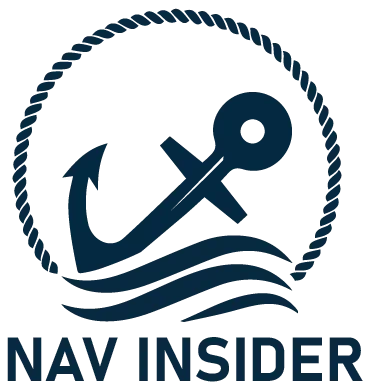The International Load Line Certificate (ILLC) is one of the most important statutory certificates carried by sea-going ships. It is issued in accordance with the International Convention on Load Lines (ICLL), 1966, as amended by the Protocol of 1988, and administered under the Harmonized System of Survey and Certification (HSSC).
The certificate confirms that a ship has been surveyed, assigned freeboards, and marked with load lines (commonly known as the Plimsoll mark) to ensure it is not overloaded and retains adequate stability, buoyancy, and safety in all operating conditions.
What is the International Load Line Certificate?
The ILLC serves as official proof that a ship has been inspected and complies with international rules on freeboard and subdivision, ensuring it maintains sufficient reserve buoyancy at sea. It specifies the load line marks assigned to the ship, which indicate the maximum depth to which it can be safely loaded under different seasonal and geographical conditions.
It is issued by the Flag State Administration or its Recognized Organization (RO) (usually a classification society) after completion of initial and renewal surveys.
Key Details Included in the ILLC
- Ship Particulars
Name, IMO number, port of registry, gross tonnage, and year of build.
- Assigned Freeboards
Summer freeboard (baseline).
Adjustments for winter, tropical, fresh water, and timber load lines.
- Load Line Marks
Plimsoll Mark with horizontal lines for different conditions:
S – Summer load line.
W – Winter load line
T – Tropical load line.
F – Freshwater load line.
TF – Tropical freshwater load line.
Timber load lines (if applicable).
- Conditions of Assignment
Structural strength of hull.
Watertight integrity of hatches, doors, ventilators, air pipes, and scuppers.
Closing appliances and freeing ports for drainage of water from decks.
Protection of crew access in heavy weather.
Surveys and Validity
Initial Survey: Before the ship is put into service.
Annual Surveys: To verify that conditions of assignment are still met.
Renewal Survey: At intervals not exceeding 5 years.
Validity: Up to 5 years, provided annual surveys are successfully completed.
If the ship is modified or found deficient (e.g., defective hatch covers, corroded closing appliances), the certificate can be withdrawn or suspended.
Who Requires the ILLC?
All ships of 24 meters and above in length engaged on international voyages.
Warships, fishing vessels, pleasure yachts, and small coastal craft may be exempted.
Importance of the International Load Line Certificate
- Prevents Overloading – Ensures ships do not compromise buoyancy and stability.
- Enhances Safety – Protects crew, cargo, and ship in heavy weather conditions.
- Port State Control (PSC) – ILLC is a primary certificate checked during inspections.
- Insurance Compliance – A ship without a valid ILLC risks losing insurance cover.
- International Legality – Mandatory for global trade; ships without it cannot sail internationally.
Connection with Other Certificates
Works alongside Certificate of Registry (ship identity),
Cargo Ship Safety Certificates (construction, equipment, radio),
International Oil Pollution Prevention (IOPP) Certificate, and others as part of a complete statutory certification set.
Conclusion
The International Load Line Certificate (ILLC) is fundamental to maritime safety, preventing ships from being overloaded and ensuring they maintain adequate buoyancy and seaworthiness. It represents the balance between cargo-carrying capacity and safety at sea—a principle at the very heart of international shipping regulations.

